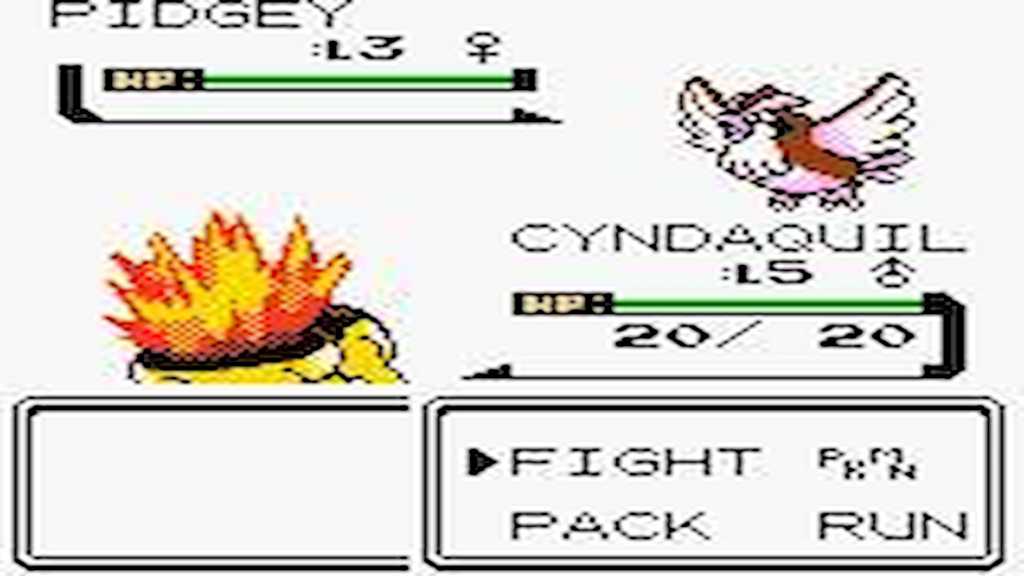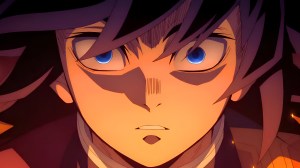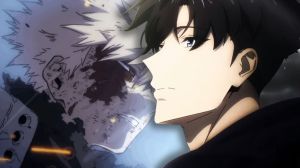It’s hard to believe it’s been 25 years since Pokémon Gold and Pokémon Silver launched in the United States. For many, these games represented the golden age of Pokémon, the moment the series reached its absolute peak in ambition, depth, and imagination. They didn’t just expand on what came before; they redefined what a Pokémon adventure could feel like. The Johto region was unique in ways the Game Boy had never seen, a world where every moment, every rhythm, and every secret made you feel like you just had to catch ’em all.
Videos by ComicBook.com
I can still remember playing Gold and Silver before anyone I knew had even heard of them. I had managed to import the Japanese versions months before release, armed with an English guidebook and a determination to uncover every secret the games held. It wasn’t easy. Every menu, every line of dialogue, every new move or item required cross-referencing pages and guessing what made sense in context. But it was worth it. Every night after school, I would sit under a lamp, translating piece by piece, building my own understanding of the story as I went. By the time the English release arrived, I had finished both games, but what stayed with me most wasn’t the Pokémon League, or the new types, or even Johto itself. It was what came after.
The Legendary Twist That Redefined Pokémon Forever

When Pokémon Gold and Pokémon Silver were released, the Pokémon craze was already a global phenomenon. Red and Blue had introduced the idea of traveling across a connected world, battling rivals, catching creatures, and collecting badges to become the Champion. But Gold and Silver went far beyond what players thought was possible on the same tiny handheld console. The new region of Johto was bursting with color and life, packed with features that no one expected: a real-time day and night cycle that changed wild encounters, Pokémon breeding that added a new level of depth to team-building, and the introduction of Steel and Dark types that balanced the entire ecosystem of battle. It was bold, refined, and unforgettable.
And then, just when you thought you had seen it all, the credits rolled, and the game didn’t end. You had beaten the Pokémon League and proven yourself a true Champion. Yet instead of closing the story there, the game quietly handed you a ticket, told you to board a ship, and set you on a journey toward the unknown. That’s when it happened. You stepped off in Vermilion City. The entire Kanto region, the full map from the first generation, was there waiting to be explored again. This wasn’t some minor post-game expansion or a nostalgic cameo either. It was a full second region, seamlessly built into the same cartridge. Unthinkable.
For anyone who experienced that moment fresh, it was indescribable. The sense of awe that washed over you was unlike anything else. After what felt like a complete, satisfying adventure, the game revealed that you had only finished half of it. For younger players especially, it was the ultimate surprise, like finding a secret door behind your bedroom wall that led to an entire new world. You could revisit towns you once knew, re-challenge Gym Leaders, and watch how the world had evolved since Red and Blue. That discovery was pure magic. It wasn’t just nostalgia; it was revelation, the realization that the adventure you started wasn’t over, and that the game’s creators had saved their biggest surprise for the end, or rather, the second half.
The Magic That Can Never Be Recreated

What made Pokémon Gold and Pokémon Silver legendary wasn’t their technical achievement, but how they made players feel. They respected curiosity. They rewarded patience. They carried a sense of mystery that modern games rarely dare to preserve. Everything about them encouraged exploration, and when that exploration paid off, it did so in ways that felt earned. You didn’t need a tutorial to tell you how to feel when the sun set in Ecruteak City or when you first encountered a Shiny Pokémon purely by chance. These moments were powerful precisely because they weren’t forced. The world of Johto was designed to let players find wonder at their own pace.
Later Pokémon generations have tried, with varying success, to recapture that spark through bigger regions, flashier graphics, and new gimmicks. But, unfortunately for them, scale isn’t the same as soul. Gold and Silver thrived because they had soul and were ambitious within their limits. They achieved something monumental by fitting two massive regions, hundreds of Pokémon, and real-time systems into a Game Boy cartridge, yet they never lost sight of what mattered most: adventure. Even the remakes, HeartGold and SoulSilver, though stunning in their execution, couldn’t replicate that original thrill. Everyone already knew the secret. You can’t relive the feeling of discovering Kanto for the first time when you’re expecting it.
That’s the heart of why nothing since has truly topped these games. Pokémon Gold and Pokémon Silver were love letters to the fans who had played the original games. They taught players to expect the unexpected, to keep exploring even when the journey seemed over. Twenty-five years later, it’s almost impossible to truly relive what they did. The internet has solved every mystery, every secret, and every hidden layer that once made those games so magical. Newer games will be the same: games that are solved within a day or less. The world is simply too interconnected and too hungry for information now. A new player picking up Pokémon Gold and Pokémon Silver blind today might still get a small taste of that wonder, but too much time has passed. For those who experienced them back then, though, it was something no guide or walkthrough could ever replace.
What do you think? Leave a comment below and join the conversation now in the ComicBook Forum!









